Apple's latest camera rumor is back, and this time it comes with receipts. The iPhone 18 Pro variable aperture feature has resurfaced in reports, according to 9to5Mac, with a reliable leaker confirming what supply chain analyst Ming-Chi Kuo first predicted. If it ships, it would be the first adjustable aperture on any iPhone, a real shift for mobile photography. The timing matters. Rivals like Samsung tried it years ago, then backed away over cost and complexity. Reports from Gadget Hacks say Apple is tackling those pain points with computational photography chops and miniaturization, tightening the package to address thickness while using volume manufacturing to keep costs in check.
What makes variable aperture such a game-changer?
Variable aperture lets the camera physically change how much light hits the sensor, similar to how a human eye's pupil works. Current iPhone Pro models from the iPhone 14 through iPhone 17 use fixed apertures of ƒ/1.78, meaning the lens is always fully open. A variable system can open or stop down, so you get direct control over light and depth of field like DSLR and mirrorless cameras.
That control is the headline. Portrait Mode can stumble on hair or leaves around a subject, and this creates optical depth of field with natural falloff and cleaner subject separation. Think sunglasses you can take off and put on. Open wider at night for brighter, cleaner frames. Stop down in harsh light to save highlights and keep more of the scene sharp. Less guesswork, fewer computational band-aids, more consistent shots in messy real-world lighting.
How Apple is catching up to the competition
Here is the context. Samsung shipped variable aperture with the Galaxy S9 series launched in 2018, and Huawei and Honor used it in flagships as well. Samsung later dropped the feature in 2020 due to thickness and cost. More recently, the Xiaomi 14 Ultra boasts a 50MP main camera with f/1.63 to f/4.0 'step-less' variable aperture.
The company rarely goes first; it tends to refine. Adopting variable aperture now suggests it has found solutions to the thickness and cost trade-offs that tripped up Samsung. If Samsung bowed out in 2020 and Apple embraces it in 2026, that points to more mature manufacturing, tighter miniaturization, and actuator mechanisms that are simply more efficient than the first wave.
The supply chain tells the real story
This rumor also has supply chain smoke. Recent reports from Apple's manufacturing partners go beyond the usual speculation, and ETNews says Apple has advised suppliers of concrete plans to introduce variable aperture technology.
The build is split across familiar names, classic Apple. LG Innotek and Foxconn will make the main camera module, while Chinese manufacturers Luxshare ICT and Sunny Optical will provide the actuator. What’s telling is that Apple added Sunny Optical to its supply chain last year, a move that brings Android variable aperture experience into the fold and now reads like groundwork.
Two years out, this level of coordination signals Apple has moved from tinkering to real production planning. It also suggests the tech has cleared Apple’s reliability and quality thresholds.
What this means for iPhone photography in 2026
The practical target is the main wide-angle camera of the Pro models, which will sit alongside the existing ultra-wide and telephoto cameras. It marks a shift in Apple's camera philosophy, from pure computational dominance to a tighter hardware plus software blend.
Use cases are easy to picture. Wedding shooters can get natural bokeh in mixed light without Portrait Mode’s occasional subject misses. Landscape fans can stop down in bright scenes for front-to-back sharpness, no HDR crutch required. Expect more natural background blur and the option to keep a scene sharply in focus when you want it. The system should also help with high-contrast moments, such as sunsets or brightly lit landscapes.
Bottom line, this could make the iPhone 18 Pro a serious contender for the best camera phone title. Portraits with stronger separation, landscapes that stay crisp front to back. More consistency than software bokeh in tricky light, and better edge handling with believable falloff.
Where do we go from here?
We are still roughly two years from the iPhone 18 series launch, but the groundwork points to more than an analyst daydream. Production at Samsung's US facility is scheduled to begin in March 2026, which signals real momentum. The big question is scope, whether both the iPhone 18 Pro and Pro Max will get the feature, or if it will be exclusive to the latter.
When Apple commits, rivals pay attention, and adopting variable aperture will push others to sharpen their own implementations. That could revive Samsung’s work, nudge Google beyond computational-only fixes, and eventually pull the feature into mid-range phones as costs fall. It is a hardware-first swing that moves focus away from megapixel races and back to how images actually look and feel.
For photography enthusiasts, the promise is clear. Less point and shoot, more DSLR-like precision in everyday photography. The race is shifting from raw pixels to features that change image character, and this is one worth watching.




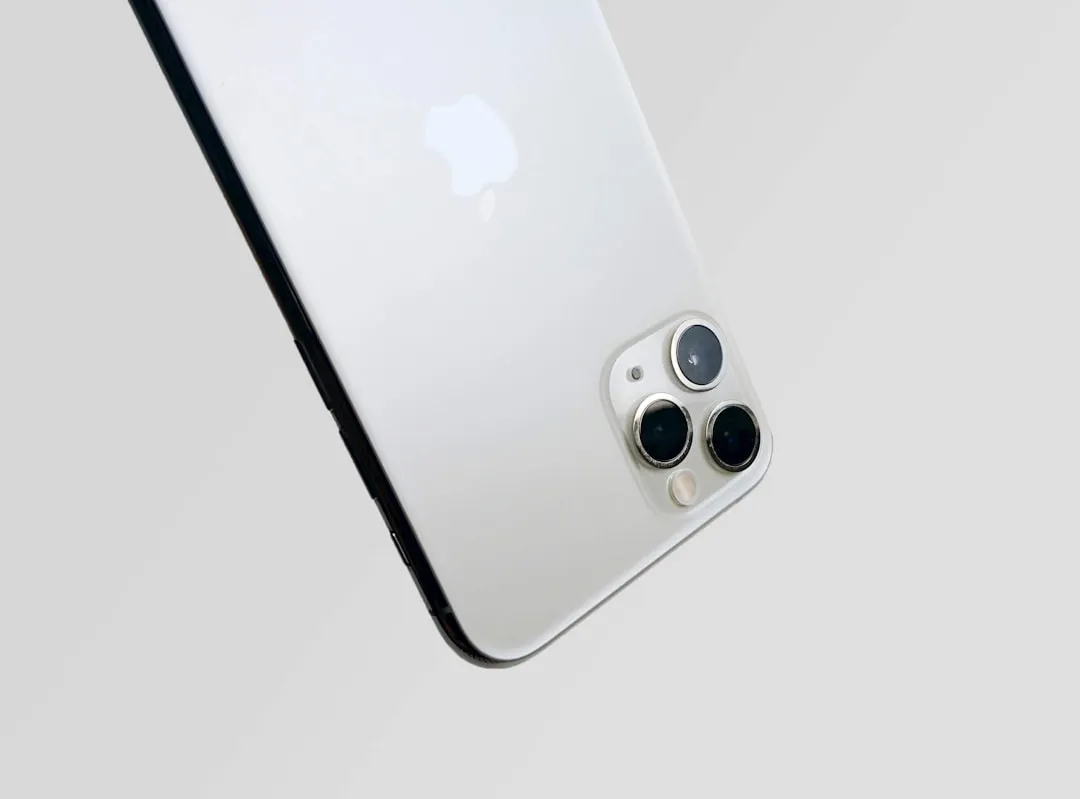


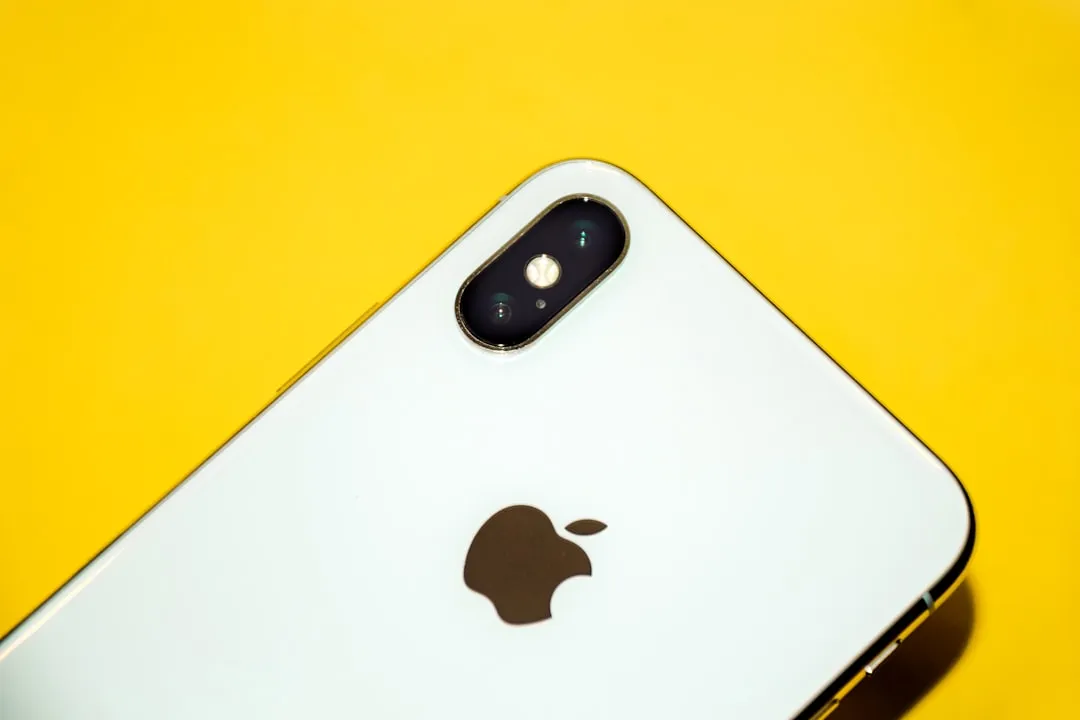

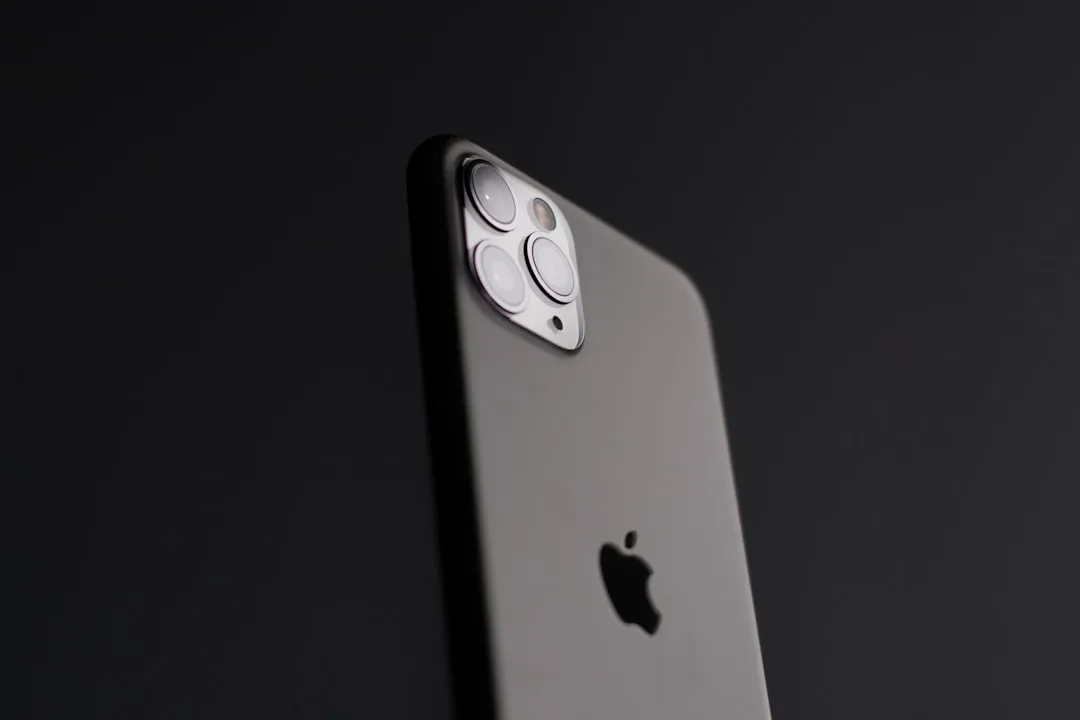


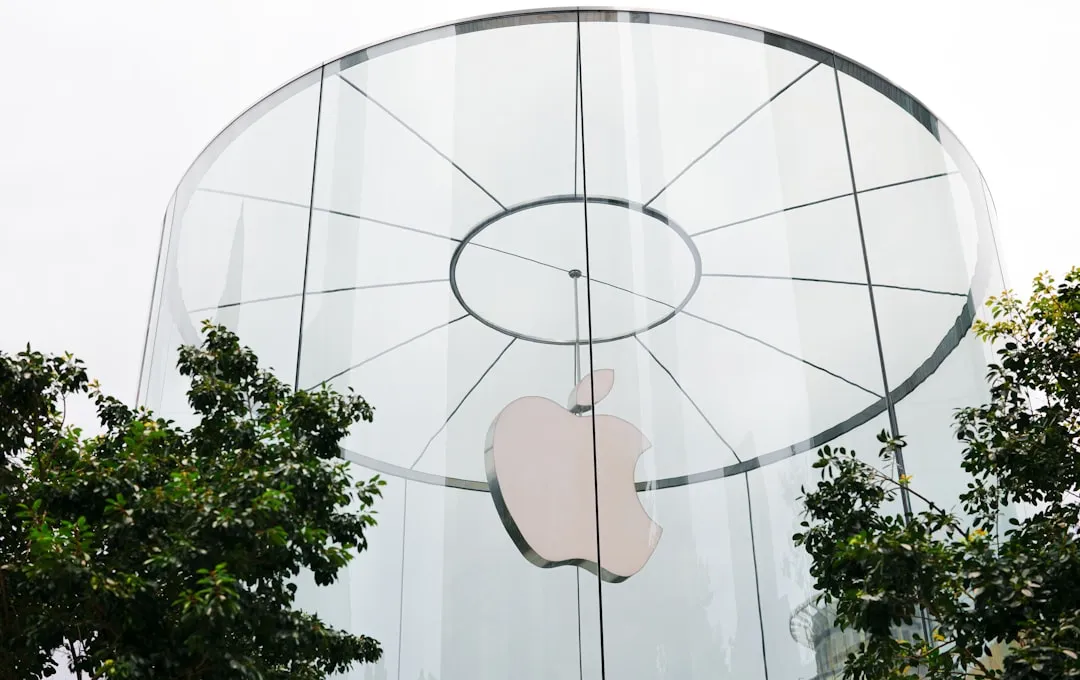
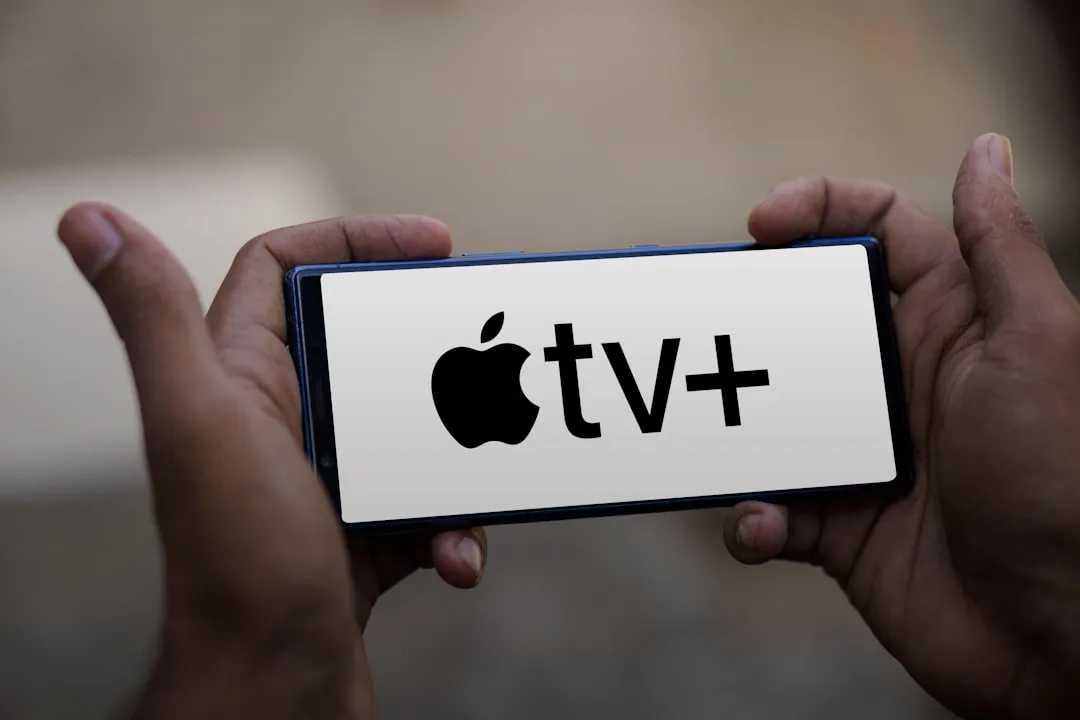
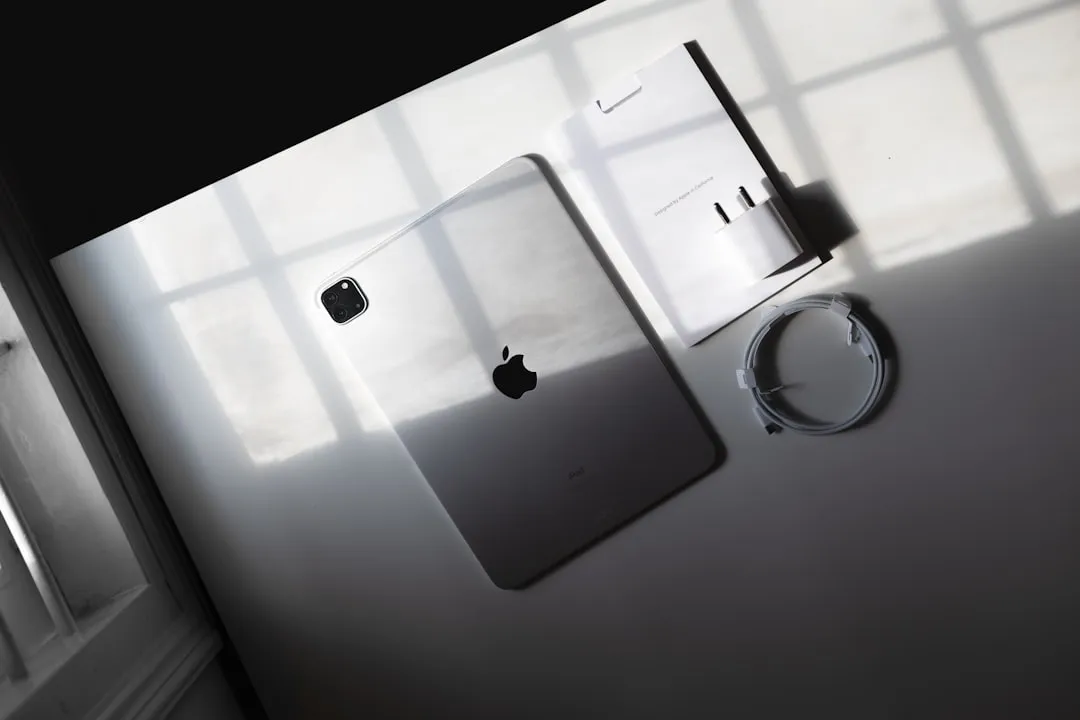
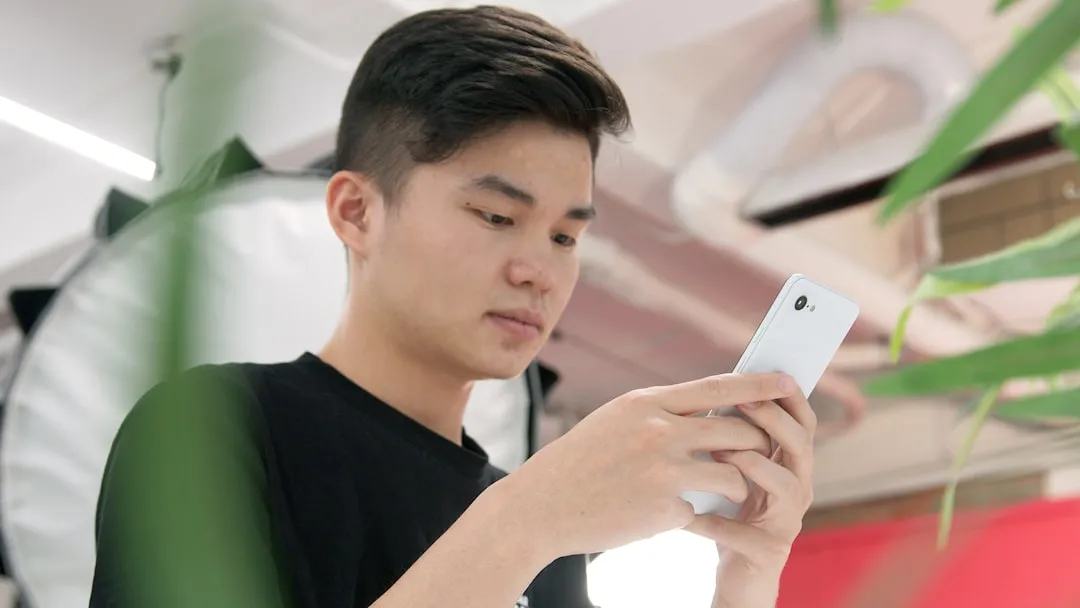
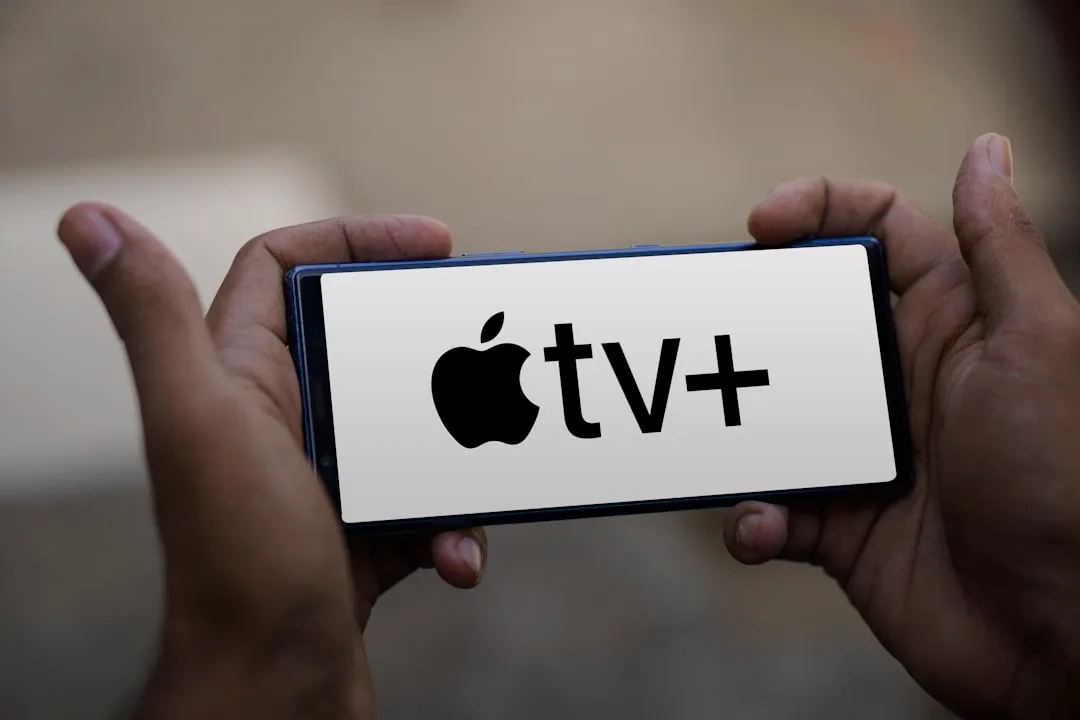

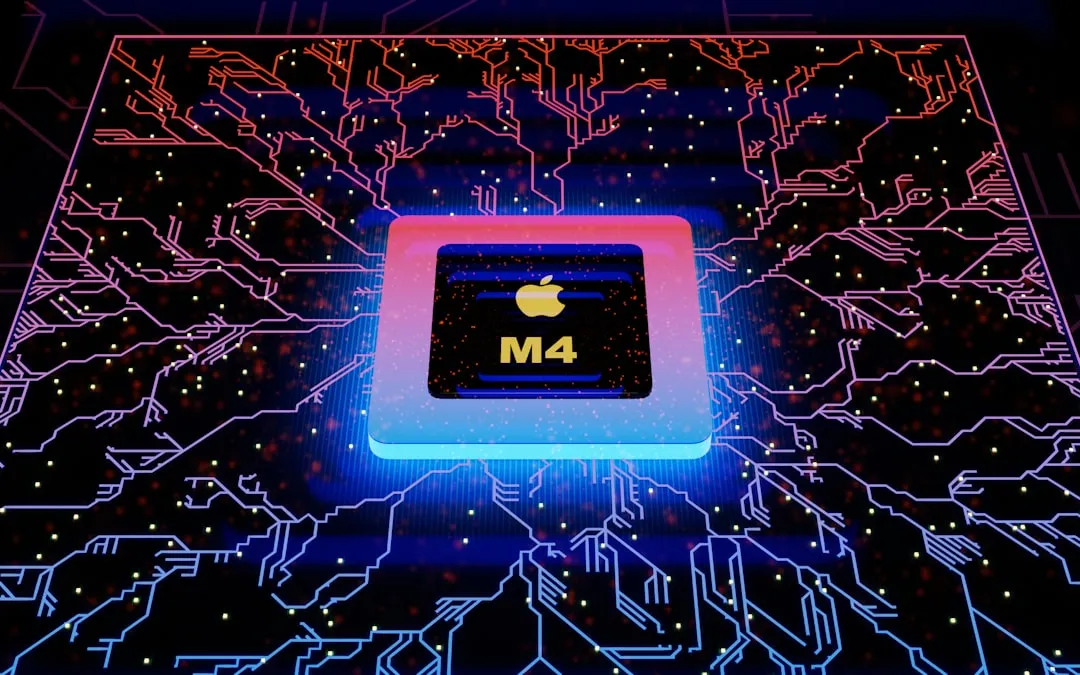
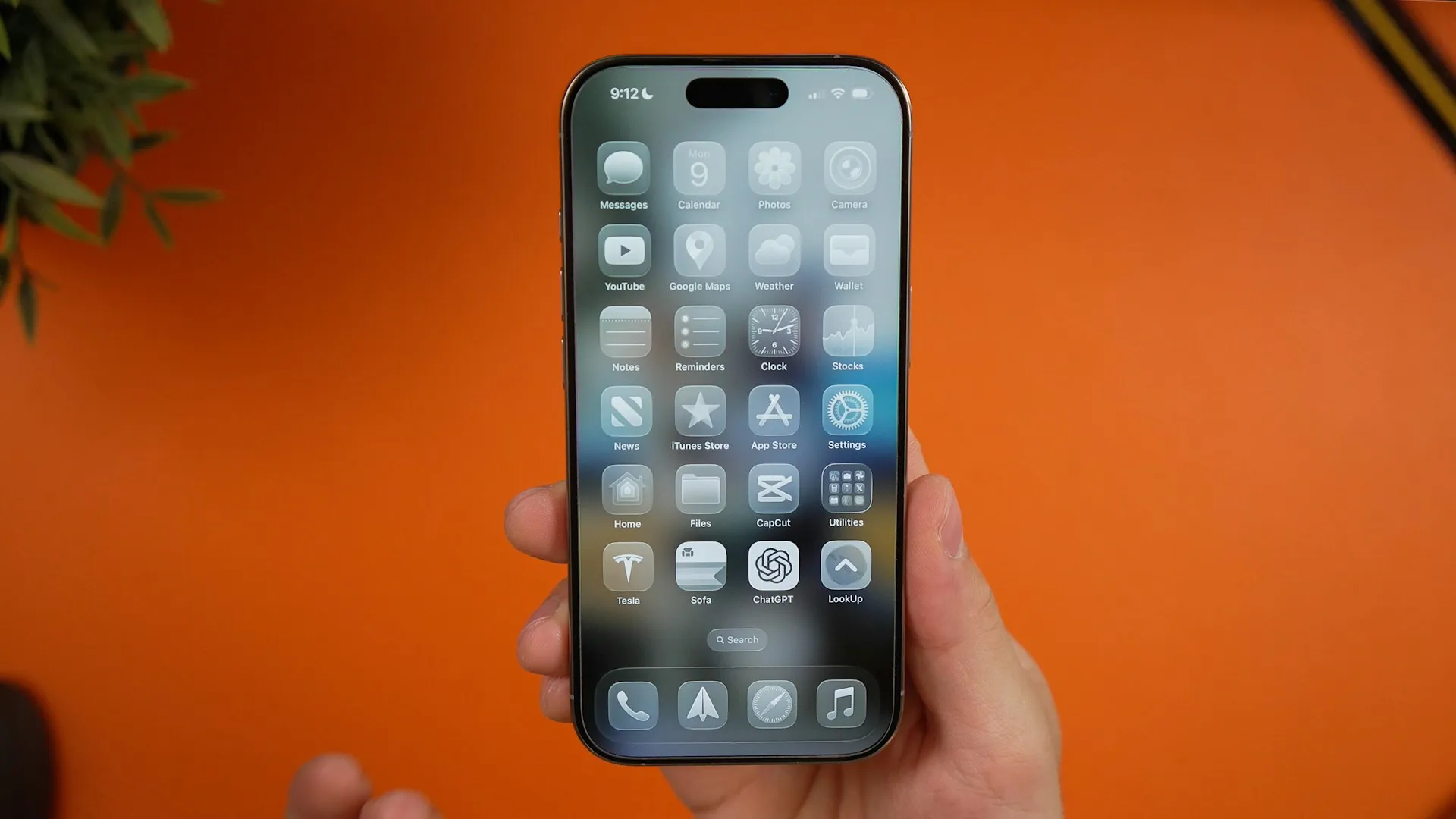

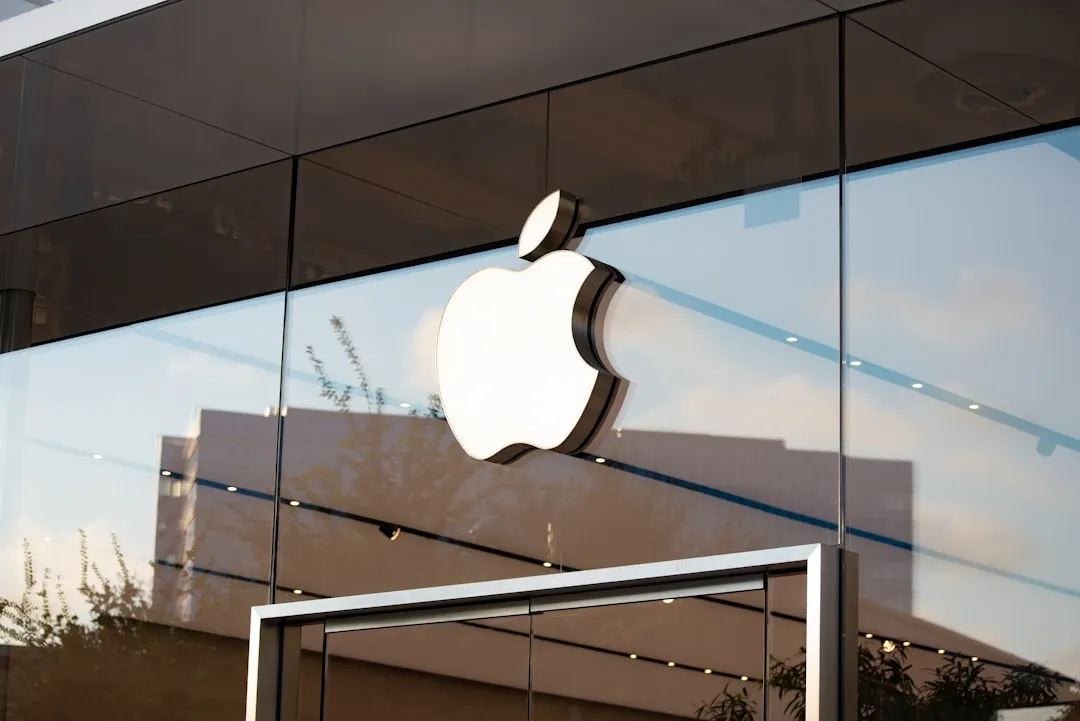



Comments
Be the first, drop a comment!